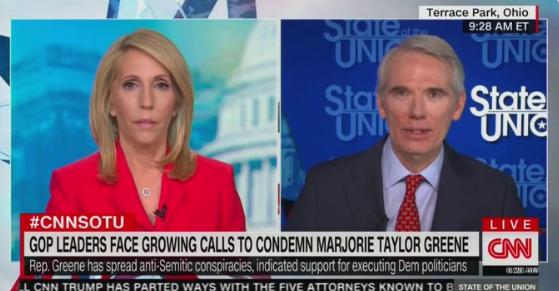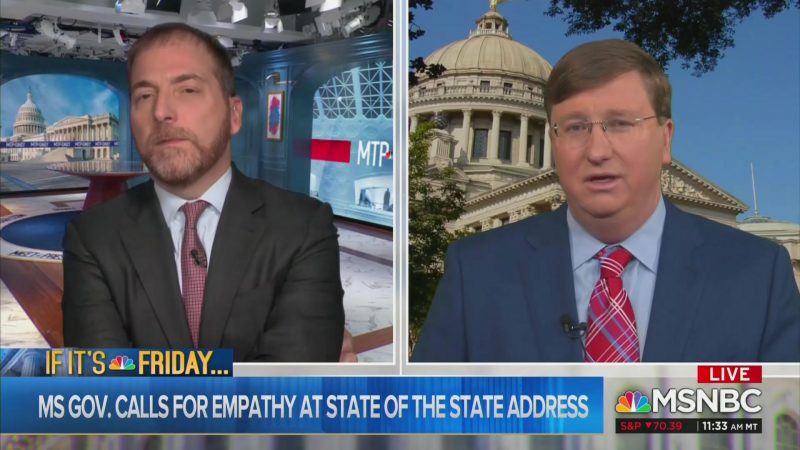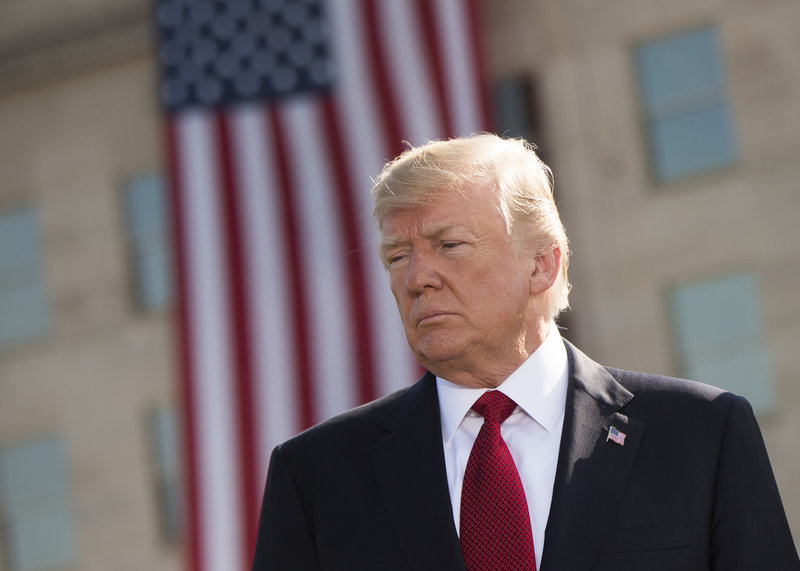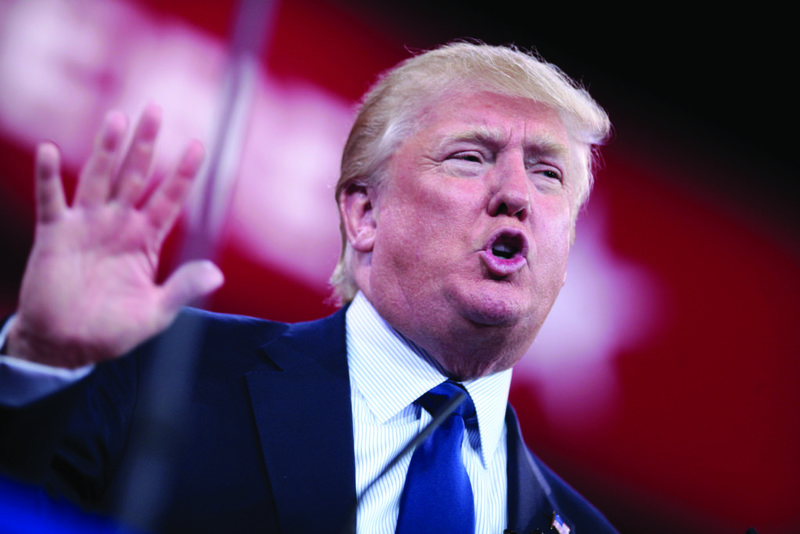Population Density—Not Trump—Defeated Hillary
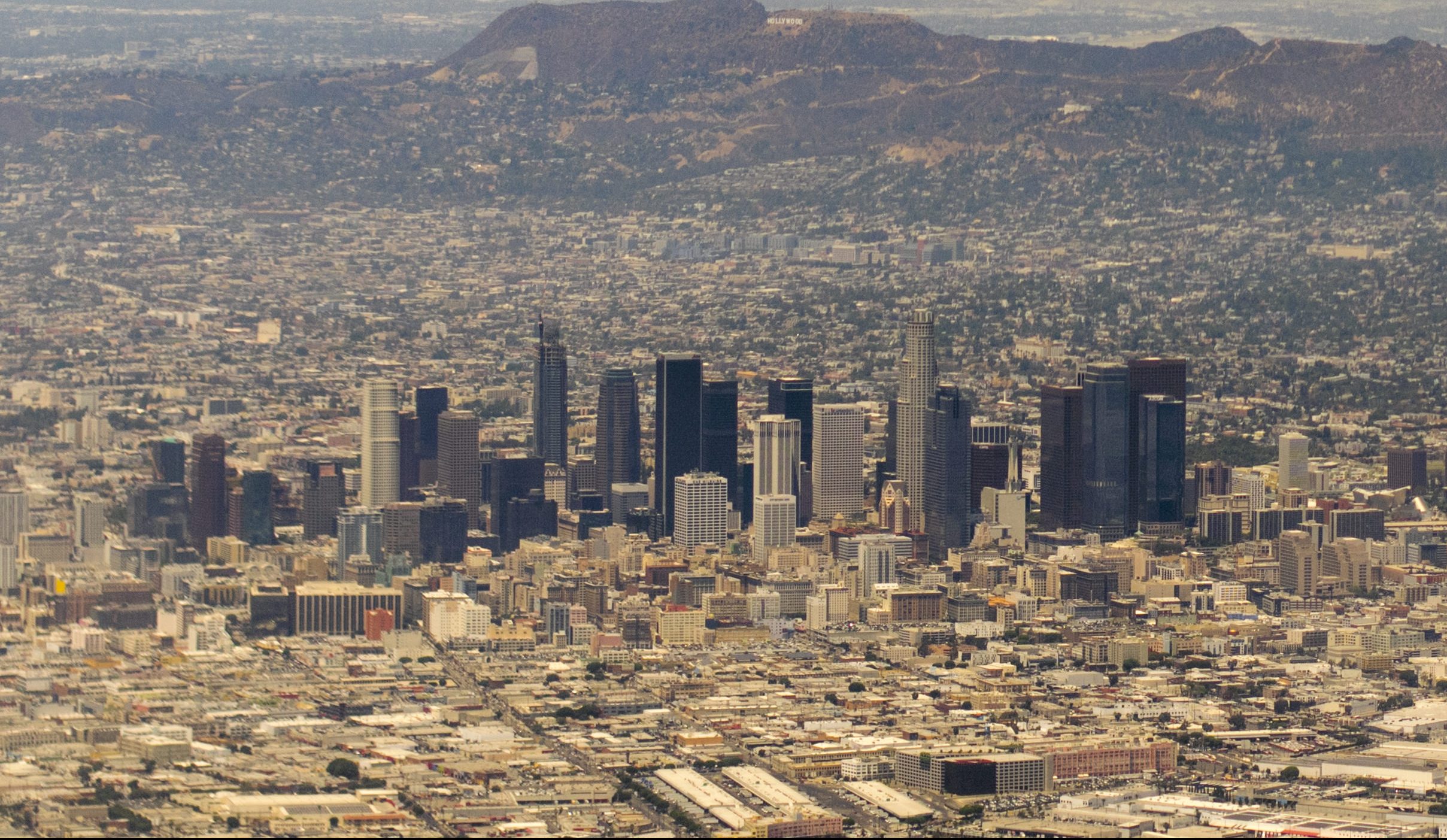
Cities and urban centers must start demanding the representational power they deserve. Census findings have found that 62.7% of Americans live in cities, which comprise just 3.5% of America’s total land area. This allows for rural conservatives to exercise disproportionate power in government with unrepresentative majorities even in presidential elections that the Democratic Party wins.
Cities are also where the vast majority of economic activity takes place, and 52% of GDP is produced in just the nation’s top 20 metropolitan areas. Cities are also undeniably where the lion’s share of American culture is developed and exported from to the rest of the world.
These inequalities in economic activity and population distribution found in cities are only growing more pronounced, especially as the forces of globalization threaten the viability and sustainability of suburbs. Big, densely populated urban centers thrive best in America’s 21st Century service economy, and the old job-creating anchors such as giant manufacturing plants and factories that used to sustain thousands of jobs in suburbs and sometimes entire towns have shut down or moved overseas in recent decades.
The decline of rural and suburban areas coupled with the trending vitality of big cities is exacerbating our domestic cultural differences, especially because Americans in cities are younger, more ethnically diverse, and comfortable with multicultural diffusion because they live in much more densely populated areas. Meanwhile, the nation’s fastest growing demographic groups are ethnic minorities who tend to live in cities because of America’s racist history with suburban white flight and the relative racial exclusivity of rural communities. Consequently, big cities in America are very liberal, even in the reddest states.
In contrast, rural areas and failing suburbs are inhabited statistically by older, more culturally monotone, and overwhelmingly whiter citizens than in cities. Americans outside of cities are unsurprisingly more conservative due to their conspicuous lack of diversity in ethnicity, religion and culture, and they are increasingly excluding themselves from the nation’s urban trends with ideological and angry commitment to a whitewashed, conservative America not unlike the small-town America depicted in the first golden age of television’s 1950s and 60s sitcoms like Leave It to Beaver and The Andy Griffith Show. America today is nothing like the cultural memory of America a half century ago, and the stark gap helps explain why conservatives think their country is being forcibly stolen from them and why they think they need to “Make America Great Again.”
The result of this is that America’s ascendant culture war is one of rural and small town perspective against urban perspective, and environmental population density is increasingly the best indicator of one’s political beliefs.
This rural/urban divide convincingly explains Donald Trump’s electoral victory, both in terms of his political skill in capitalizing on rural and rust belt Americans’ economic worries by scapegoating ethnic and religious minorities, and in the reality that he lost the election via the popular vote by an unambiguously massive 3 million vote margin.
Trump won because about 3/5ths of the US population lives in less than 4% of the nation’s total geographic area, and the majority of these city people voted for the Democratic Party in a minimal, democratically offensive number of electoral districts. Trump is the president-elect because the Electoral College (and the Senate, mind you) effectively values sparsely populated land more than people. This has given conservatives and particularly rural districts a representational majority in our government that far exceeds the economic, demographic and cultural power that they actually command. It also gives Republican voters a misleading sense of political entitlement because they think that the vast expanse of red they see on county-based electoral maps after every election means something significant when in fact an immense number of rural counties combined have less people than New York City alone. The least populated county in the nation, Loving County of Texas, has just 82 people (in the recent election, Trump unsurprisingly won 57 votes in Loving to Clinton’s measly four).
Election 2016 is a loud wakeup call: cities, and the Democratic Party, must fight for the political power they deserve since urban areas are growing rapidly yet their populational increases are merely adding to the number of wasted votes the Democratic Party earns every election. Cities must fight for the unashamedly liberal self-government they want and the representational majorities in government they populationally deserve.
A good starting point would be to abolish the Electoral College which so specifically disadvantages cities and the Democrats they try to elect. Democrats have twice in five elections won the popular vote but still lost the election. Democrats need to stop taking this democratic abuse.

